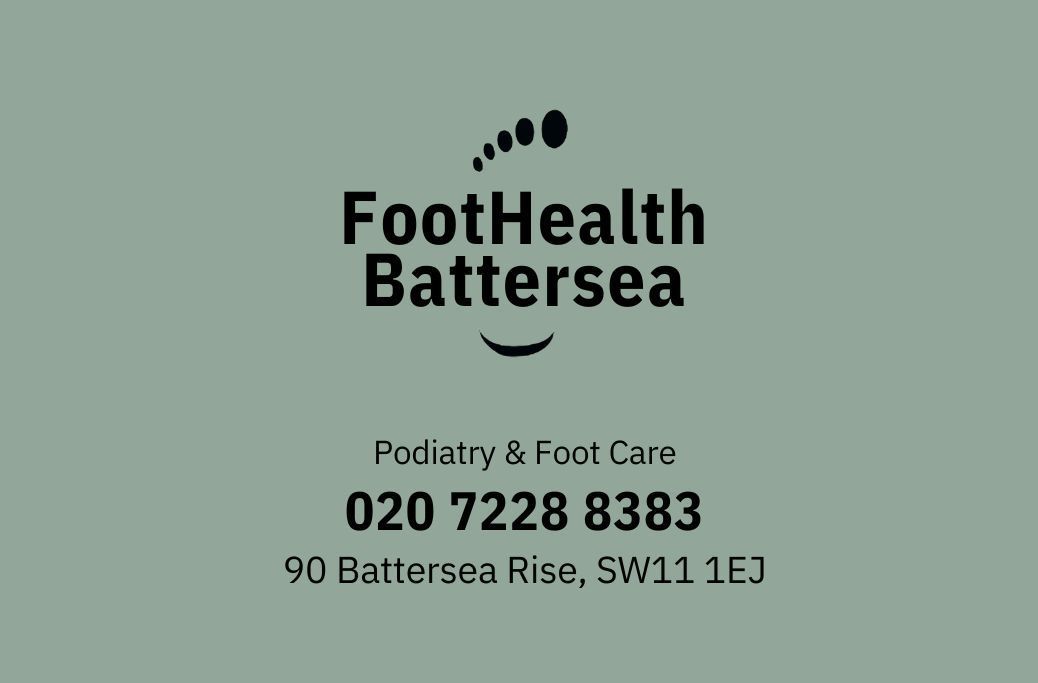Diabetes and Poor Circulation in Feet: What You Need to Know
Diabetes and Poor Circulation in Feet: What You Need to Know

Diabetes affects millions of people across the UK — and one of its most overlooked impacts is on the feet. If you’re living with diabetes, you’ve likely heard how important foot care is. But do you know why circulation plays such a key role?
At Foothealth Battersea, we see first-hand how changes in circulation can affect foot health. While we don’t diagnose or treat medical conditions, we’re here to help you understand what’s going on and support you with everyday foot care that keeps you moving comfortably.
Why Does Diabetes Affect Foot Circulation?
When you have diabetes, high blood sugar levels over time can damage blood vessels and nerves, particularly in your feet and lower limbs. This may lead to:
- Slower blood flow
- Numbness or tingling (often called peripheral neuropathy)
- Reduced healing ability
- Higher risk of foot complications
You might not even notice injuries or pressure points, which makes regular foot checks even more important.
Signs of Poor Circulation in the Feet
If you live with diabetes, keep an eye out for these common signs of reduced circulation:
- Cold feet (even in warm conditions)
- Numbness or pins and needles
- Pale, shiny, or discoloured skin on the toes or feet
- Wounds that heal slowly
- Cramping or pain in your legs or feet when walking
⚠️ If you experience any of these symptoms, it's important to speak to your GP or diabetes care team. Early action can make a big difference.
Why Foot Awareness Matters
Healthy circulation helps your body deliver oxygen and nutrients to tissues. When blood flow is reduced, your feet may be more vulnerable to:
- Sores or ulcers
- Infections
- Skin breakdown
- Changes in walking or balance
That’s why regular foot checks, proper footwear, and simple daily habits are so important for people with diabetes.
Tips to Support Healthy Feet with Diabetes
Check your feet daily. Look for cuts, redness, swelling, or changes in skin colour.
- Moisturise regularly to avoid cracks and dry skin.
- Choose footwear that fits well and supports blood flow — avoid tight shoes or socks.
- Keep moving. Even gentle walking helps improve circulation.
- Avoid going barefoot, especially outdoors or on hard surfaces.
- Book regular podiatry check-ups to monitor any pressure points, skin changes, or risk factors.
How Foothealth Battersea Can Help
We may not treat diabetes directly, but we’re proud to support our community with:
- Nail care and foot maintenance
- Callus and pressure point monitoring
- Footwear and foot health advice
- Referrals when needed for medical care
- Friendly support from HCPC-registered podiatrists
Whether you’ve been living with diabetes for years or are newly diagnosed, we’re here to help you stay on your feet — comfortably, confidently, and with peace of mind.
Book a Diabetic Foot Check in Battersea
Looking after your feet starts with awareness. If you’re managing diabetes and want professional support with routine care, book a podiatry appointment at Foothealth Battersea today.
Read More from our Blog
FootHealth Battersea Blog Spot
Can FootHealth Battersea assist you?












